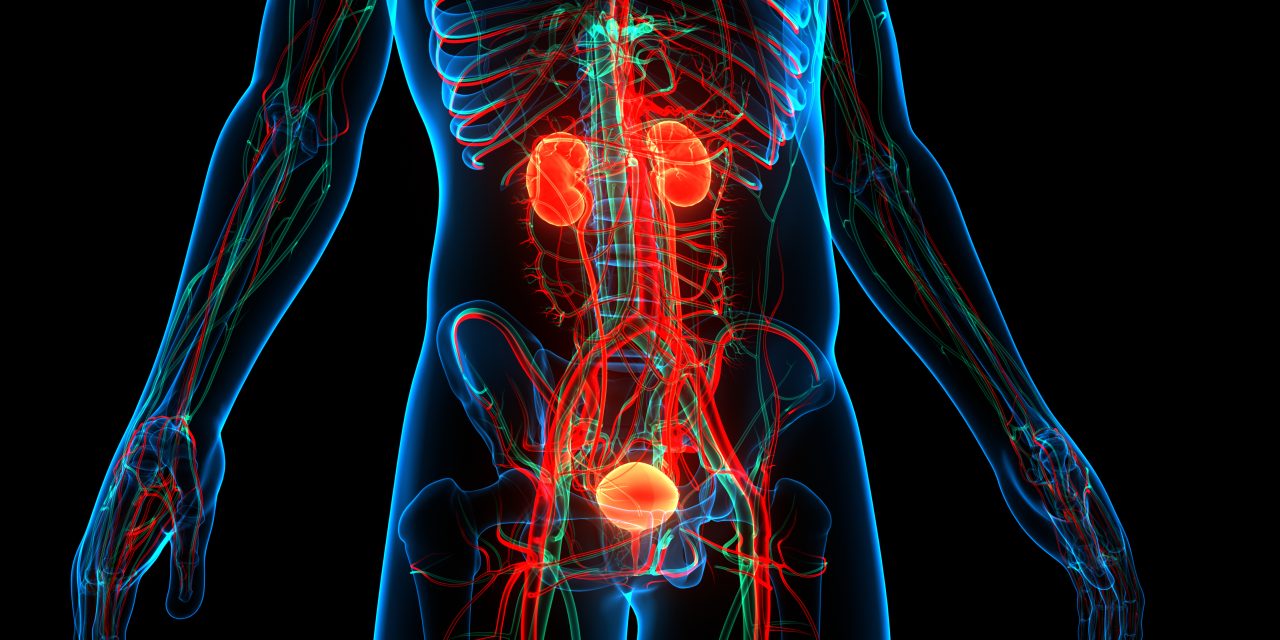To describe changes in bladder health, defined as “a complete state of physical, mental, and social well-being related to bladder function that permits daily activities, adapts to short-term stressors, and allows optimal well-being,” in women over time.
We used data on 15 lower urinary tract symptoms (LUTS) and interference from urinary experiences assessed at the baseline and five-year follow-up interviews of the Boston Area Community Health (BACH) Survey to estimate changes in bladder health over time in women. Associations between baseline and follow-up bladder health (defined as the maximum frequency of LUTS or interference at each time point) were calculated by ordinal logistic regression and generalized linear models.
2,526 women provided complete information on bladder health at baseline and follow-up. Over the five-year follow-up, 6.5% of women maintained optimal bladder health (no LUTS or interference), 33.6% developed worse bladder health (including 10.4% who transitioned from optimal to less than optimal health), 31.4% maintained their less than optimal bladder health status, and 28.7% improved. Despite these changes, women with poorer bladder health at baseline were still more likely to have poorer bladder health five years later (eg, multivariable-adjusted relative risk=3.27, 95% confidence interval: 2.49-4.29 for severe LUTS/interference at follow-up among those with severe LUTS/interference at baseline).
Findings from our large secondary analysis of BACH Survey data suggest considerable variability in bladder health over time, and underscore the importance of bladder health promotion to prevent the initial onset and progression of poor bladder health in women.
Changes in Bladder Health Over Time: A Longitudinal Analysis of Adult Women in the Boston Area Community Health Survey.


